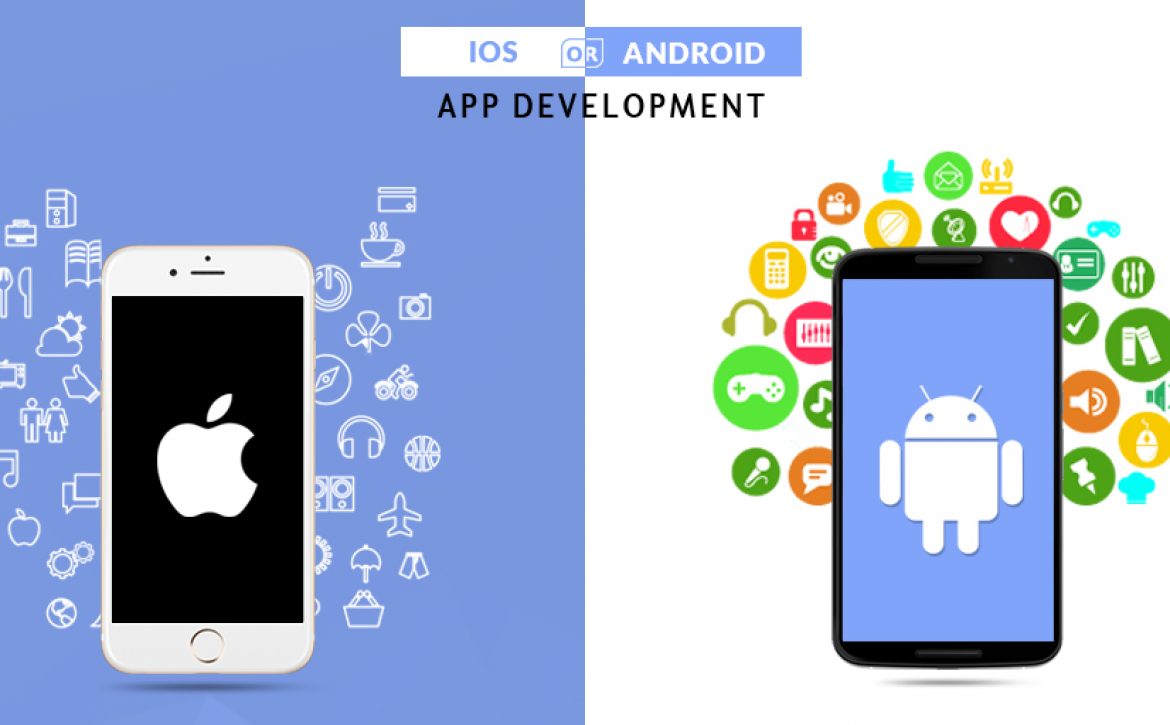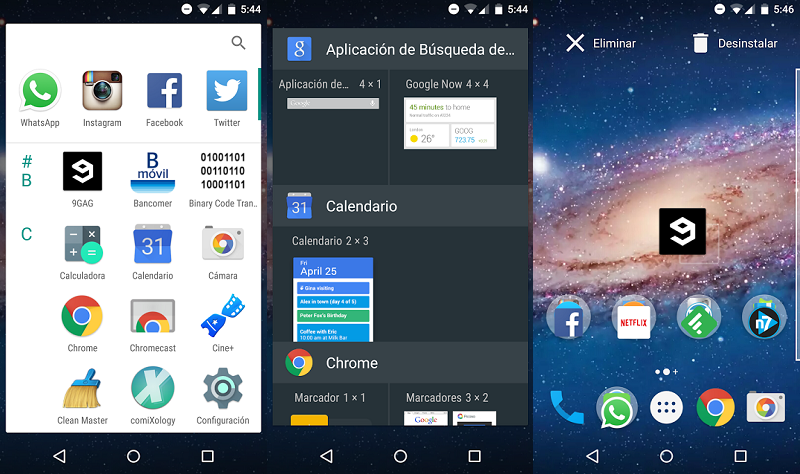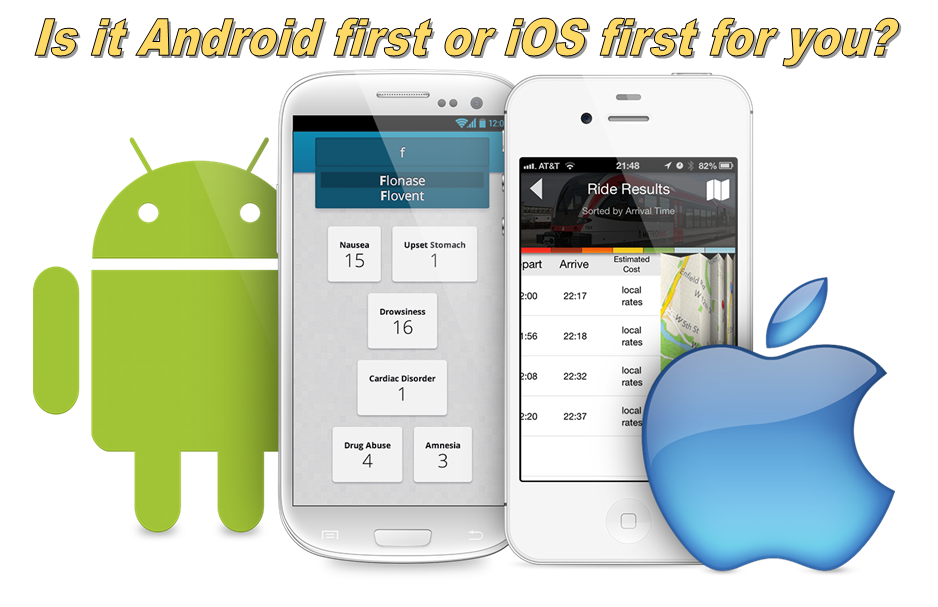Android App Development Bootcamp: A Pathway to Lucrative Career Opportunitie
The digital age is fueled by mobile apps, shaping how we connect, access information, and navigate our daily lives. As this demand explodes, the need for skilled app developers skyrockets. If you’re drawn to the ever-evolving world of technology, consider Android app development – a lucrative field brimming with exciting opportunities.
One powerful way to launch your journey is by enrolling in an Android app development bootcamp. This blog delves into the world of these bootcamps, exploring their structure, career prospects, and how they could be your gateway to a fulfilling tech career.
The Growing Demand for Android App Developers
There has never been a greater need for Android app developers. Businesses are always looking for skilled developers to design creative and user-friendly mobile apps, as there are millions of users worldwide and more than 2.8 million apps on the Google Play Store. Statista reports that the global mobile app revenue is expected to hit $935 billion by 2023, showcasing the significant growth opportunities in this industry. Developers can easily customise and innovate with Android app development, thanks to its open-source nature, providing a unique advantage.
Comprehending Bootcamps for Developing Android Applications
What is an Android app development bootcamp, exactly? These bootcamps are rigorous, hands-on programs created to provide individuals with the necessary skills and knowledge to excel as Android developers. Bootcamps are designed for individuals of any skill level, whether they are new to programming or already have some experience. The usual content includes subjects like Java or Kotlin coding languages, Android Studio software, interface design concepts, database handling, and application release. Bootcamps are available in different styles such as online, in-person, and self-paced, offering flexibility to accommodate various learning preferences and timetables.
Benefits of Pursuing an Android App Development Bootcamp
There are numerous advantages to joining an Android app development bootcamp. To begin with, bootcamps provide a fast-track to learning and mastering new skills, enabling you to become proficient in a much shorter time frame than conventional educational routes. Additionally, bootcamps focus on hands-on experience with practical projects in the real world, allowing you to create a strong portfolio to demonstrate your abilities to potential employers. Also, bootcamps offer chances for networking and connecting with industry professionals, creating valuable relationships that can lead to job prospects and guidance. Bootcamps are a more affordable option than pursuing a degree, making them appealing for career changers and working professionals looking to improve their skills or switch to roles in the tech industry.
Opportunities for a Career in Developing Android Applications
After finishing a bootcamp for Android app development, numerous career prospects are now available. There is a strong need for Android developers in a variety of fields such as technology, healthcare, finance, e-commerce, and other industries. Possible paraphrase: Job positions vary from app developer and software engineer to UX/UI designer and mobile product manager. Glassdoor reports that the typical annual salary for an Android developer in the US is $107,000, offering plenty of opportunities for progress and advancement. The options are unlimited in the constantly changing field of Android app development, whether you decide to work for a tech company, launch your own app development business, or work as a freelance consultant.
Advice on Selecting the Perfect Android App Development Bootcamp
When you’re prepared to start your adventure in Android app development, here are some pointers for selecting the best bootcamp. Take into account elements like the syllabus, teachers’ knowledge, standing, and former students’ connections when assessing bootcamp courses. Establish achievable objectives and anticipate what to expect during your bootcamp journey, and feel free to connect with current students or alumni for advice. Study and contrast various bootcamp choices in order to discover the most suitable option for your educational requirements and professional goals.
Overcoming Hurdles and Roadblocks
Although becoming an Android developer may pose difficulties, know that you have support along the way. Numerous aspiring developers encounter challenges like technical issues, imposter syndrome, and time management struggles throughout their bootcamp experience. Nevertheless, by being determined, resilient, and receiving help from other students and teachers, you can conquer these obstacles and come out even stronger. Rely on the support and networks provided by your bootcamp program to remain encouraged and committed to your objectives.
Participating in an Android app development bootcamp can lead to a successful and profitable tech career. Now is an ideal moment to enter the field of Android app development due to the increasing demand and many chances for progress and expansion. If you are switching careers, just graduated, or a seasoned professional seeking a new opportunity, a bootcamp can offer the necessary skills, experience, and connections for success. Begin your journey towards your desired career by enrolling in an Android app development bootcamp to discover the opportunities available to you.
If you’re thinking about creating an Android app, why not collaborate with the top experts in the field? Think about utilizing the offerings of GoodWorkLabs, a top software development company focusing on Android app development and providing staff augmentation services. GoodWorkLabs’ experience and history of achievements can assist you in reaching your objectives and advancing your career to greater levels. Get in touch with them today to discover additional information about their services and the ways in which they can assist you in your Android app development process.



















